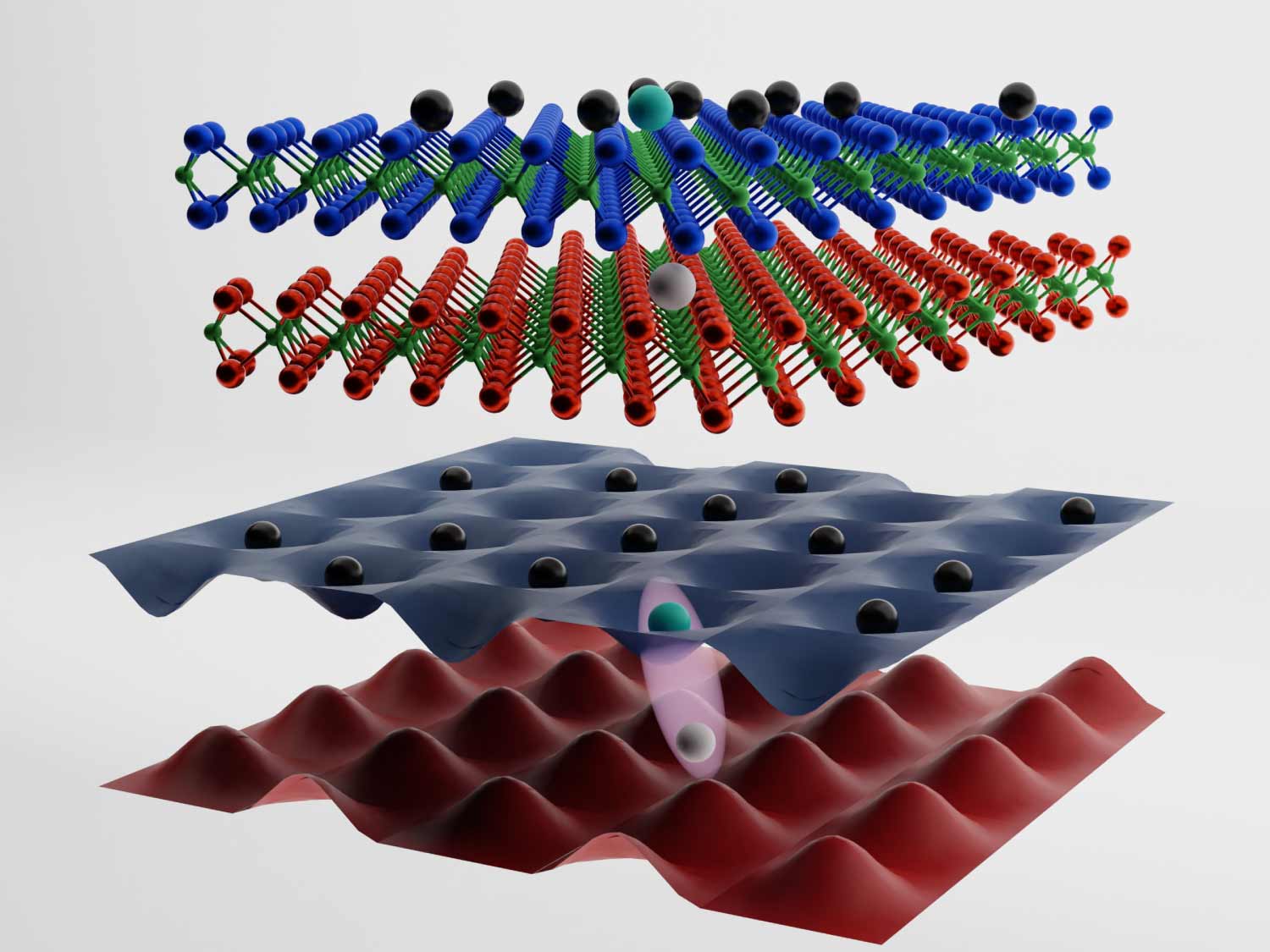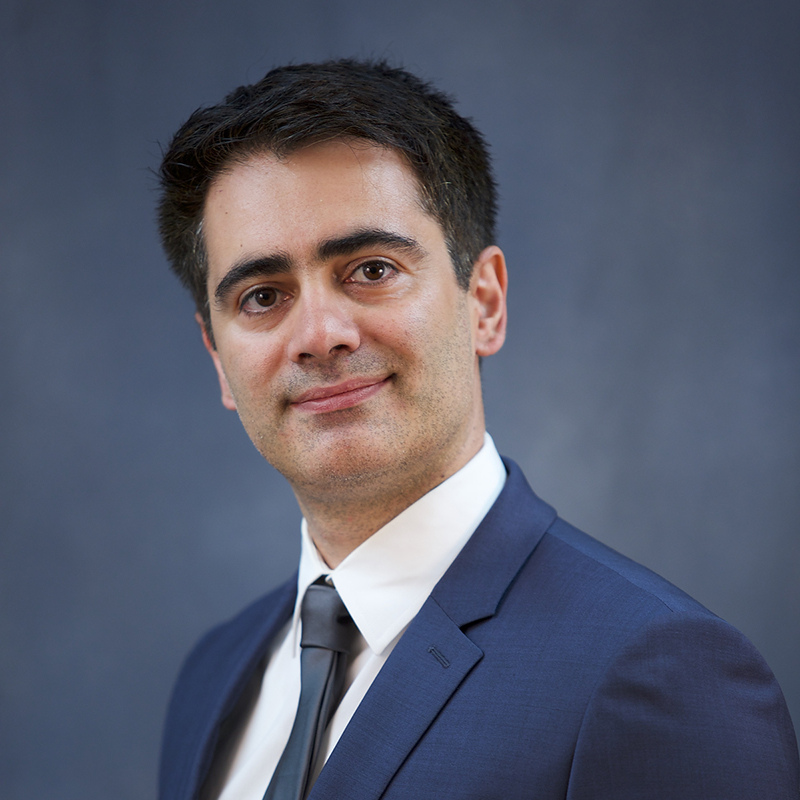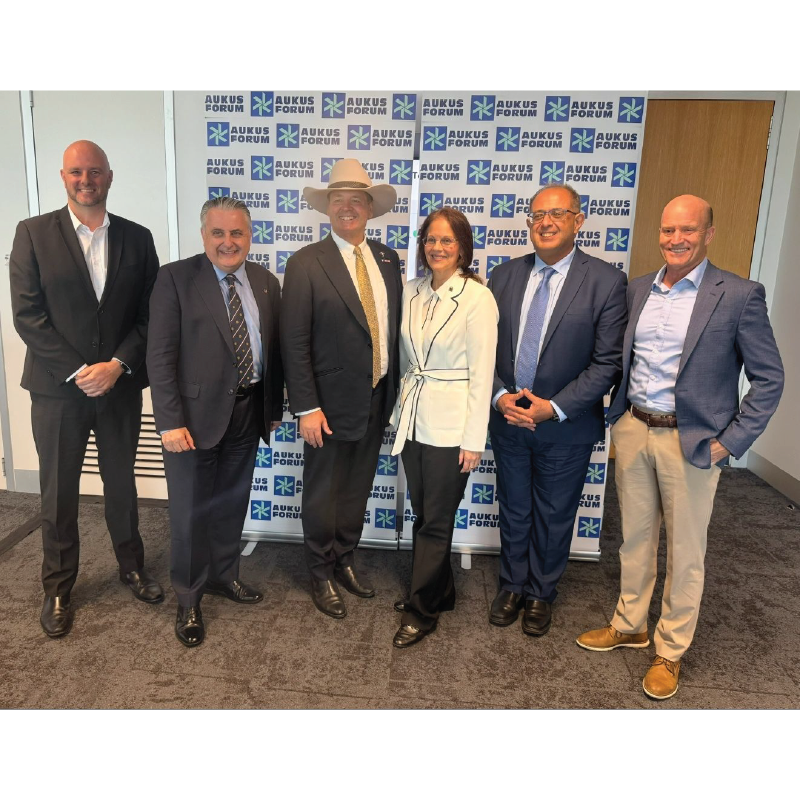News Story
ECE Wins 2 of 3 Categories at UMD Invention of the Year Awards
Researchers from the Department of Electrical and Computer Engineering (ECE) won in two of three categories in the University of Maryland's 22nd annual Invention of the Year Awards. The awards, organized by the university's Office of Technology Commercialization, honored the top inventions of 2008.
 In the Physical Science category, Prof. Martin Peckerar and Prof. Neil Goldsman won for their invention, titled "World's Highest Energy Density Thin-Film Battery." The researchers developed an improved, thin-film battery prototype to respond to the need for more power-efficient electronic devices in a variety of applications. The millimeter-thick, high-density, rechargeable batteries offer the world's highest energy storage density among thin-film batteries. Remotely rechargeable, the batteries gather energy from environmental sources, such as solar energy, vibrations and radio waves. They can even recharge by simply pointing a cell phone at them. The batteries are flexible, meaning they can conform to nearly any shape and act as part of an electronic device’s packaging. They attach to microchips, sensors, RFID chips, and small electronic components. The batteries are comprised entirely of environmentally friendly materials. The new batteries will make possible a number of stronger, smaller products, including wireless sensor networks, active RFID, wearable electronics and medical devices. Yves Ngu, Zeynep Dilli and George Metze from the National Security Agency also worked on this project.
In the Physical Science category, Prof. Martin Peckerar and Prof. Neil Goldsman won for their invention, titled "World's Highest Energy Density Thin-Film Battery." The researchers developed an improved, thin-film battery prototype to respond to the need for more power-efficient electronic devices in a variety of applications. The millimeter-thick, high-density, rechargeable batteries offer the world's highest energy storage density among thin-film batteries. Remotely rechargeable, the batteries gather energy from environmental sources, such as solar energy, vibrations and radio waves. They can even recharge by simply pointing a cell phone at them. The batteries are flexible, meaning they can conform to nearly any shape and act as part of an electronic device’s packaging. They attach to microchips, sensors, RFID chips, and small electronic components. The batteries are comprised entirely of environmentally friendly materials. The new batteries will make possible a number of stronger, smaller products, including wireless sensor networks, active RFID, wearable electronics and medical devices. Yves Ngu, Zeynep Dilli and George Metze from the National Security Agency also worked on this project.
 In the Information Science category, Prof. John Baras (ECE/ISR) was recognized for his work with the Army Research Laboratory on a key exchange system to secure Internet transactions, titled "Efficient Key Exchange for Symmetric Cryptosystems." The efficient replacement of secret keys is a problem, since generating new keys can use a significant amount of computing resources. Baras and his fellow researchers discovered a method of efficiently updating and exchanging secret keys that exploits the randomness of Markov models in selecting a new key. This new method eliminates the need for third-party key management, public key infrastructure, and large amounts of storage space. His invention is of interest for national defense systems, major banking companies, and other industries where secrecy is of great importance. Paul Yu and Brian Sadler also worked on this project.
In the Information Science category, Prof. John Baras (ECE/ISR) was recognized for his work with the Army Research Laboratory on a key exchange system to secure Internet transactions, titled "Efficient Key Exchange for Symmetric Cryptosystems." The efficient replacement of secret keys is a problem, since generating new keys can use a significant amount of computing resources. Baras and his fellow researchers discovered a method of efficiently updating and exchanging secret keys that exploits the randomness of Markov models in selecting a new key. This new method eliminates the need for third-party key management, public key infrastructure, and large amounts of storage space. His invention is of interest for national defense systems, major banking companies, and other industries where secrecy is of great importance. Paul Yu and Brian Sadler also worked on this project.
Published April 7, 2009









